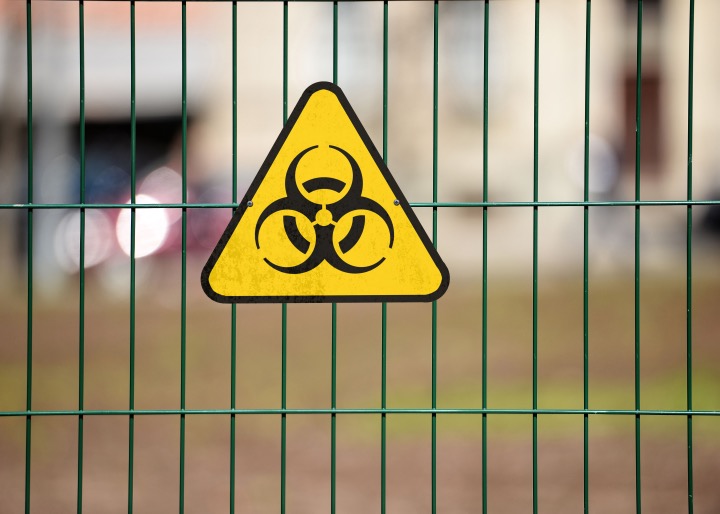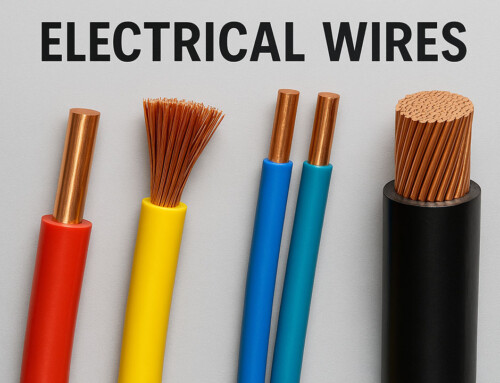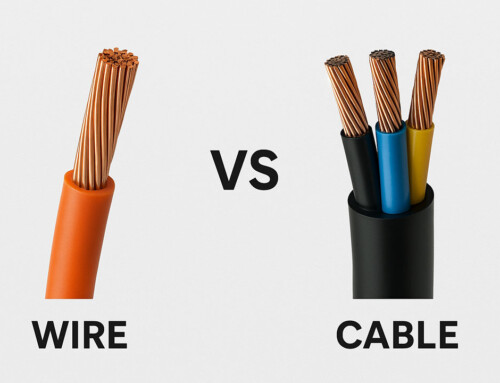Table of Contents
Hazardous locations are pretty common in industries like oil & gas, power generation, sewage or treatment, mining, confined spaces and many more. Hazardous areas are classified after the areas have been evaluated using scientific and engineering principles in companies where chemicals are either classified to ensure the safe and proper specification and installation of electrical equipment.
The most commonly used hazardous location classification system is defined by the National Fire Protection Association. The NFPA has established area classifications based on Classes, Divisions and Zones. When these classifications are merged together, they outline the hazardous conditions of a given area. This classification method provides a description of the hazardous material that may be present and the probability of its presence which will help to better specify the appropriate equipment for a jobsite.
Here are the basic outlines of the classes, divisions and groups for hazardous locations:
Hazardous Area Classification Based on Classes
The Hazardous Area Classification Based on Classes are classifed as:
Class 1
These types of locations are areas where easily flammable vapors and gases are present in the atmosphere that is enough to lead to explosive mixtures. Class 1 locations have 2 further subdivisions and 3 zones.
Class 2
These are sites where the combustible dust, other than gases or liquids, may be present in the atmosphere in dangerous concentrations. Class 2 locations have 2 subdivisions as well.
Class 3
Class 3 sites have easily flammable flyings or fibers but luckily the concentration of these fibers or flyings are not suspended in the atmosphere in dense quantities that can lead to ignitable mixtures. Class 3 locations have 2 subdivisions.
Divisions – Conditions of Hazardous Locations
Division 1
This is the normal working environment, where the hazard is anticipated to be there during everyday production operations as well as in all maintenance activities.
Division 2
This division describes abnormal conditions. This occurs when the dangerous material is anticipated to be confined within closed systems and will be present only through accidental, unusual faulty operation, rupture or breakage, these conditions allow the situation to be referred to as “abnormal”
Groups-Nature of the Hazardous Location
Group A – Acetylene
Group B – Hydrogen (or similar gases)
Group C – Ethylene (or similar gases)
Group D – Gasoline (or similar gases)
Group F – Coal, Coal dust, charcoal dust, carbon black & other similar materials
Group G – Flour, Grain Dust, Cocoa, Starch and similar materials
To enhance your safety on your hazardous locations, contact our professionals at D&F Liquidators as we understand how important hazardous locations requirements are to you. Don’t wait for an emergency get in touch with us to discuss your requirements today!






